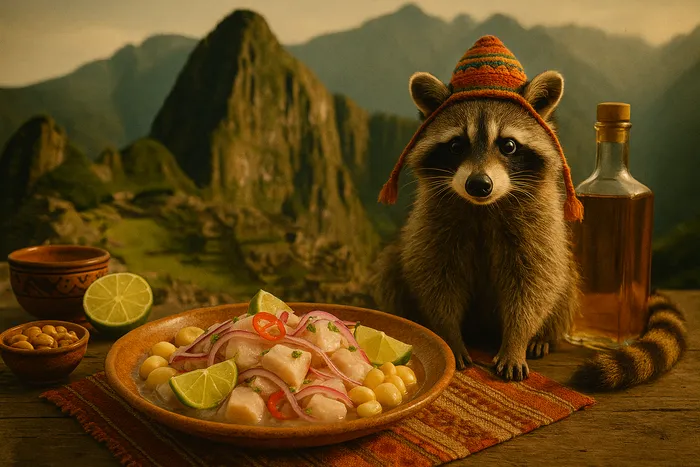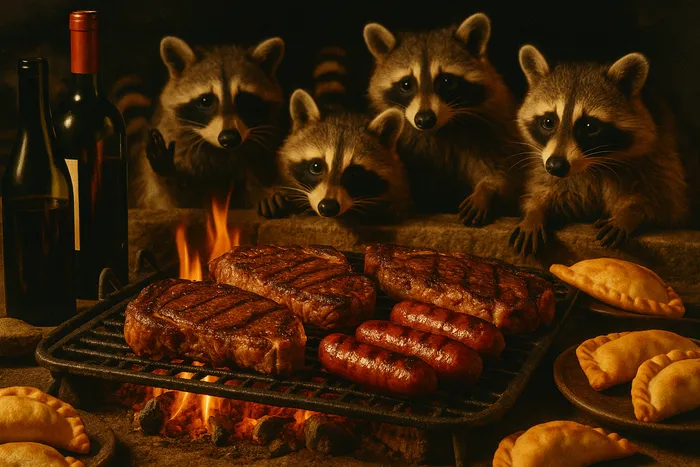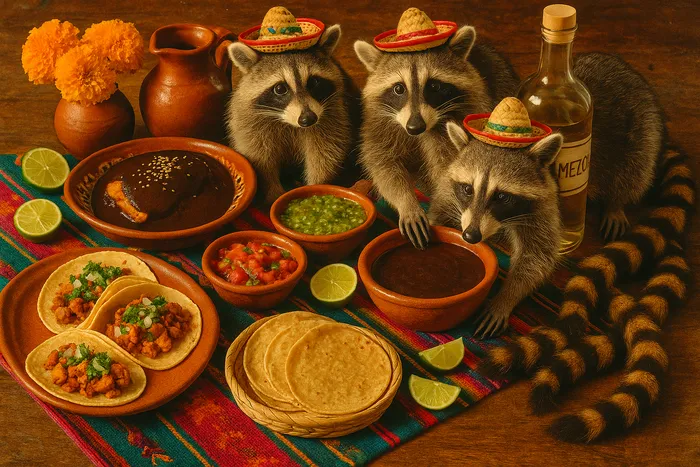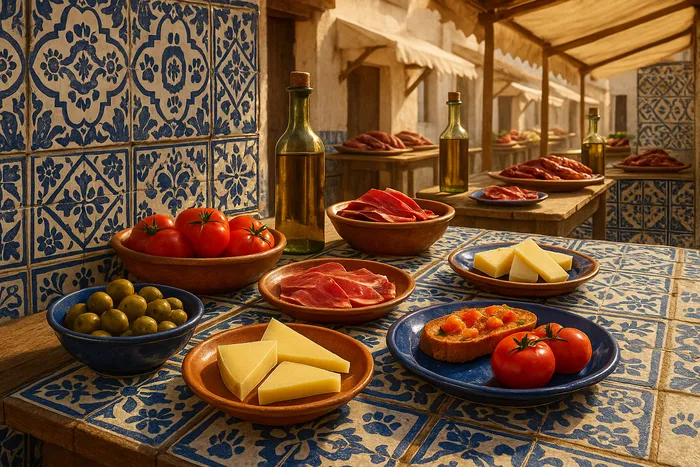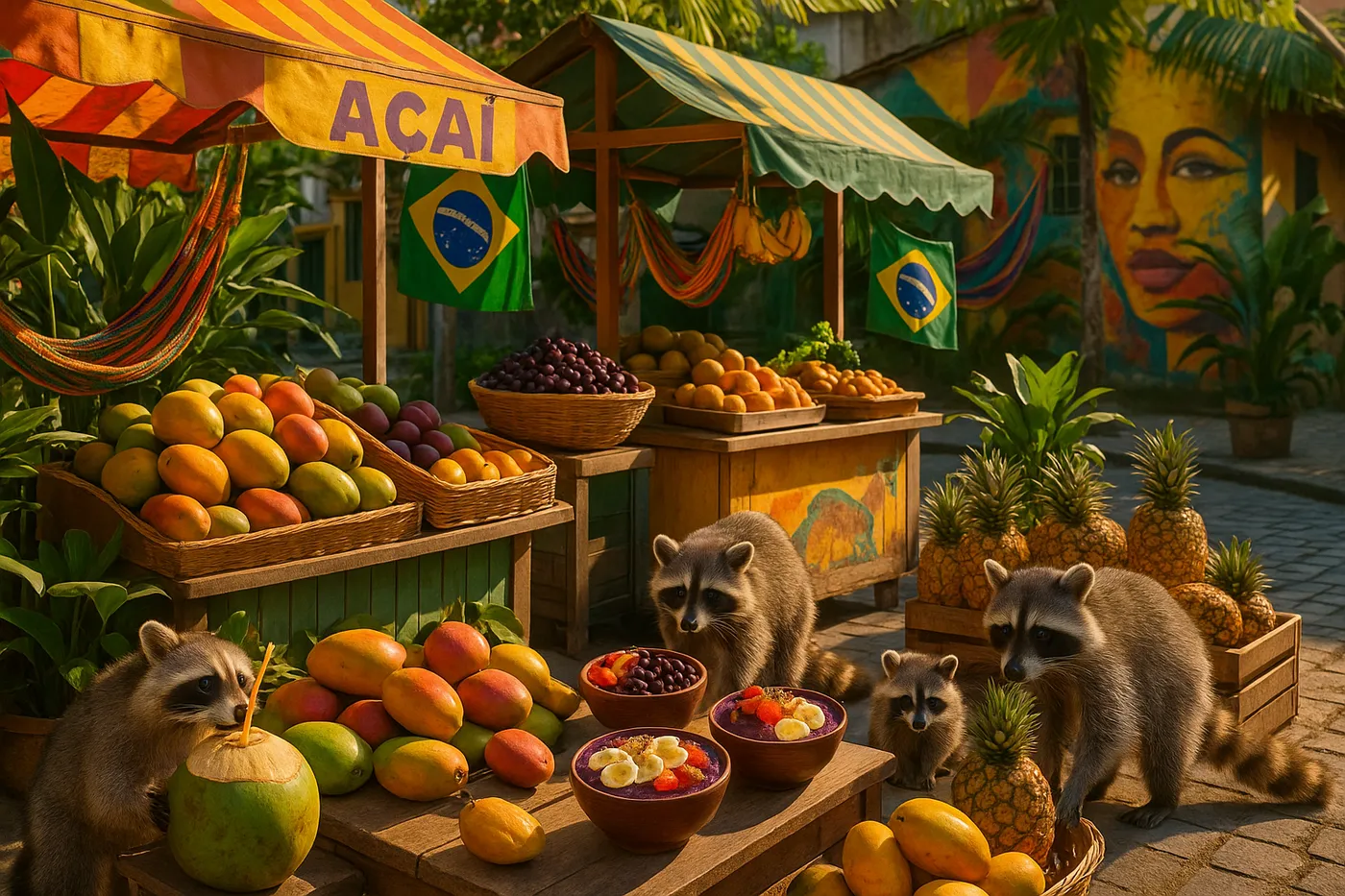
Brazilian food doesn't whisper—it sings, dances, and throws a party in your mouth. From the smoky temples of churrascarias to the açaí stands on Copacabana beach, Brazil approaches food with the same exuberant energy that defines everything else about the country: bigger, bolder, and always with more joy than seems technically possible.
This is a country where grilling meat is both art form and national obsession, where tropical fruits get turned into everything from breakfast to cocktails, and where the concept of "too much" simply doesn't translate. Brazilian cooks understand that food should be abundant, social, and above all, fun.
Churrasco Culture: Fire as Religion
Brazilian barbecue isn't just cooking—it's ceremony. In a proper churrascaria, the churrasqueiros (grill masters) tend massive grills with the precision of surgeons and the passion of artists. They understand that different cuts need different heat, different timing, different respect.
The rodízio system turns eating into theater: servers parade through the dining room with skewers of perfectly grilled meat, carving directly onto your plate until you surrender your little green flag for the red one. It's abundance made manifest, a celebration of Brazil's cattle-raising heritage and the understanding that good meat, properly grilled, needs little else.
But churrasco extends far beyond restaurants. Weekend churrascos in Brazilian backyards are social institutions where families gather around grills, drinking caipirinhas and turning simple ingredients like Brazilian Grilled Pineapple into smoky desserts that prove fire improves almost everything.
Tropical Abundance: Fruits as Foundation
Brazil's tropical climate produces fruits that seem designed by someone with a vivid imagination and no concern for subtlety. Açaí berries get blended into purple smoothie bowls topped with granola and bananas. Caju (cashew fruit) becomes juice that tastes like liquid sunshine. Pitanga, jabuticaba, and cupuaçu offer flavors that have no equivalent outside Brazil.
Street vendors in Rio and São Paulo turn these fruits into instant refreshment: fresh coconut water drunk straight from green coconuts, açaí served in bowls like ice cream, and tropical fruit salads that make you question why anyone would eat fruit any other way.
The abundance is overwhelming in the best possible way. Markets pile mangoes, papayas, and pineapples into colorful pyramids that look more like art installations than grocery displays.
Regional Diversity: More Than One Brazil
Brazilian cuisine varies dramatically from region to region, shaped by indigenous ingredients, African techniques, and Portuguese traditions that melded into something entirely new. In Bahia, dendê oil (palm oil) colors and flavors everything from moqueca fish stews to acarajé fritters. The African influence runs deep here, creating food that's spicier and more complex than in other regions.
In the Amazon, tucumã palm fruit gets made into creams, and freshwater fish like pirarucu showcase indigenous cooking techniques. São Paulo's cosmopolitan food scene reflects the city's immigrant heritage—Italian, Japanese, and Lebanese influences creating fusion dishes that could only exist in Brazil.
The South, with its gaucho traditions, perfected the art of grilling meat. Here, churrasco reaches its most refined expression, with cuts like picanha and fraldinha prepared with techniques passed down through generations of cattle ranchers.
Street Food Poetry
Brazilian street food operates at the intersection of creativity and convenience. Coxinhas—teardrop-shaped fritters filled with shredded chicken—get eaten standing up at beach kiosks. Pastel de feira, thin fried pastries filled with everything from cheese to hearts of palm, provide quick sustenance at weekend markets.
Açaí stands serve the purple fruit in bowls topped with granola, honey, and fresh fruit, turning a simple berry into a meal that's both healthy and indulgent. And everywhere, vendors sell fresh coconut water from green coconuts, opened with machetes in movements so practiced they look like dance.
The Social Aspect: Food as Celebration
Brazilians don't just eat—they celebrate eating. Meals stretch for hours, with conversation flowing as freely as the caipirinhas. Sunday lunch with family is a sacred institution that can last from afternoon until evening, with multiple courses, loud discussions, and the understanding that food tastes better when shared with people you love.
This philosophy extends to everything from beach picnics to churrasco parties. Brazilian hosts will always prepare more food than seems possible to eat, operating under the belief that running out of food is one of life's great tragedies.
Cachaça and Caipirinhas: Liquid Brazil
No discussion of Brazilian food culture is complete without mentioning cachaça, Brazil's national spirit distilled from sugarcane. In its most famous form—the caipirinha—it gets muddled with lime and sugar to create a cocktail that tastes like Brazil in liquid form: bright, strong, and impossible to have just one.
Brazilian bartenders take caipirinhas seriously, understanding that the quality of cachaça matters, that the lime should be muddled just enough to release oils without creating bitterness, and that the proportion of sweet to sour creates the perfect balance.
Modern Brazilian Cuisine
Contemporary Brazilian chefs are rediscovering indigenous ingredients and techniques, creating dishes that honor tradition while embracing innovation. They're finding new applications for ancient ingredients like tapioca, creating fine-dining versions of street foods, and proving that Brazilian cuisine has depths that go far beyond churrasco and açaí.
This modern movement respects the past while looking toward the future, understanding that Brazilian food's greatest strength has always been its ability to absorb influences and make them distinctly Brazilian.
The Brazilian Approach to Life Through Food
Brazilian food culture embodies the country's approach to life: generous, social, and deeply optimistic. There's an understanding that meals should be celebrations, that flavor should be bold, and that the best food comes from the heart rather than rigid technique.
Whether it's the perfectly grilled Brazilian Grilled Pineapple that ends a churrasco meal, the açaí bowl that starts a beach day, or the caipirinha that turns any evening into a party, Brazilian food reflects a culture that understands joy as a fundamental ingredient in everything worth eating.
This is food that invites you to relax, to stay longer, to eat more than you planned, and to understand that sometimes the best recipes are the ones that bring people together around a table, a grill, or a beach stand where the only requirement is an appetite for life as big and bold as Brazil itself.





